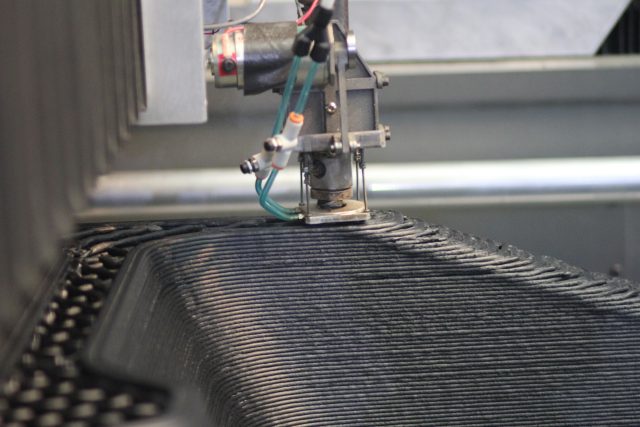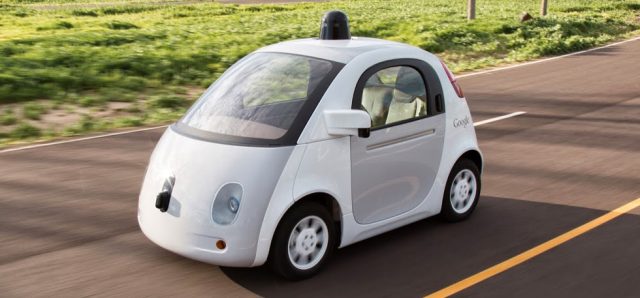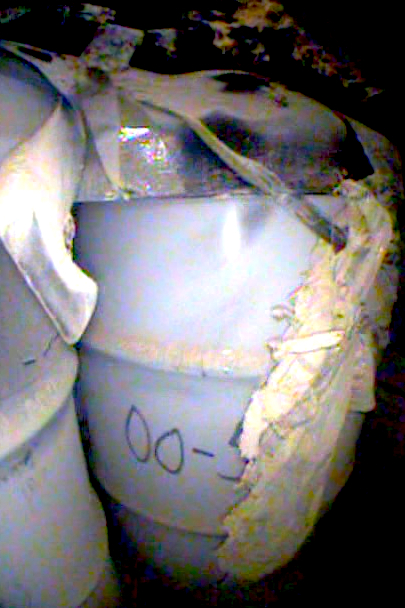
(credit: CBS)
On this, the 50th anniversary of Ars' favorite (well, ) TV show, we've decided to resurface this old Star Trek retrospective from a writer who only ever watched the show as an adult. Whether you're a die-hard junkie or merely watched the Tribbles episode once on late-night reruns, we hope you'll find something interesting about the franchise in these year-old words.
Here at Ars Technica, we have Star Trek on the brain. A lot. It's a thing most of us have strong opinions about, and without a physical office, sometimes the IRC watercooler chat devolves into half-hour-long discussions about the relative merits of such and such a character. That is, until a senior editor implores us to write up our thoughts instead of wasting time arguing idly over chat; we are writers, after all, and writing is what we ought to be doing during the work day.
I, too, have strong opinions about characters in Star Trek, but I came at the show from a much different perspective than most of my peers. My colleagues were astounded when I told them that I'd only seen one episode of Star Trek as a child (I don't even remember the plot) and my first real exposure had been as an adult, when I watched the entirety of The Original Series and The Next Generation in order, over the course of three years or so.






